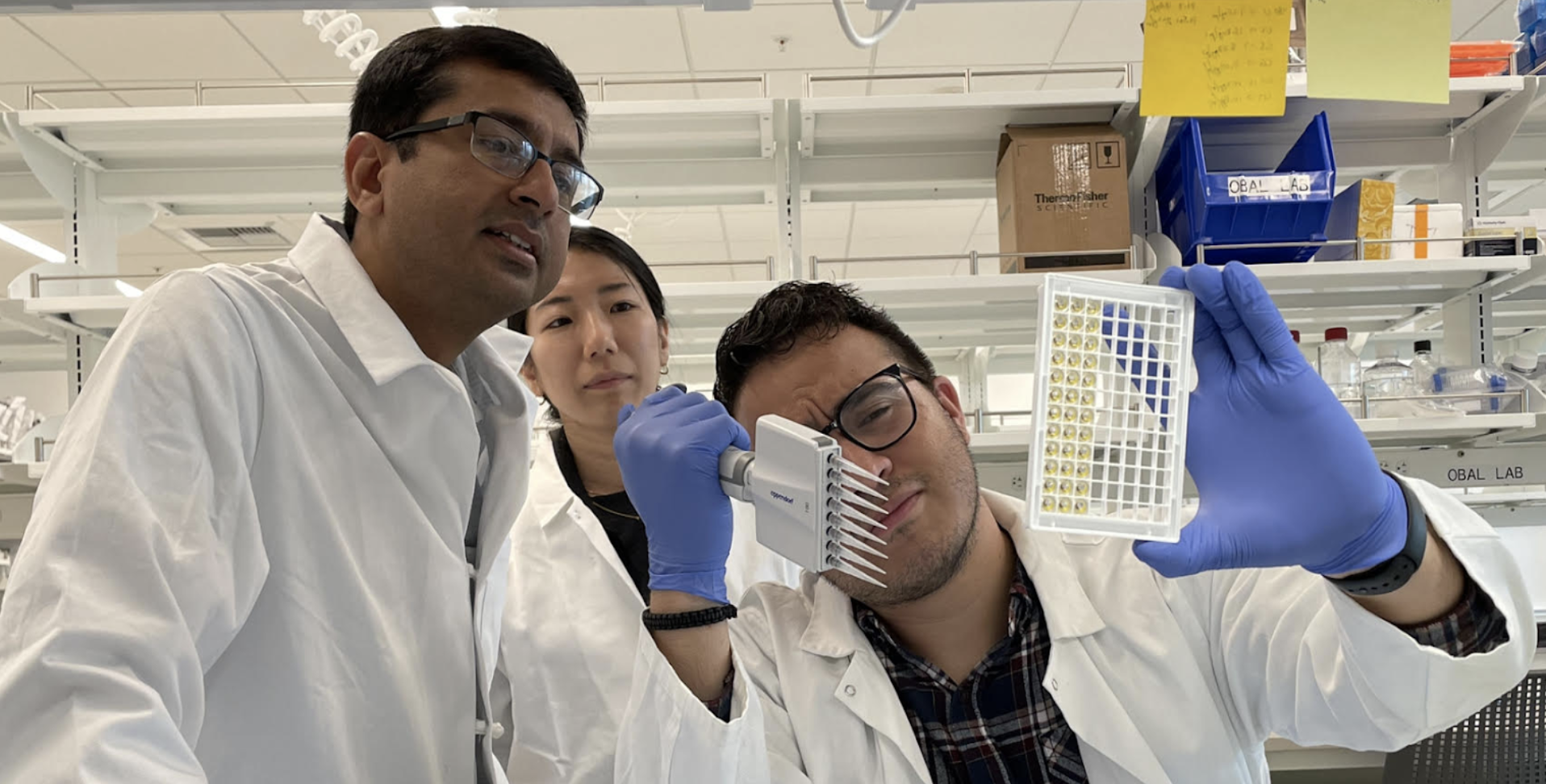An artificial intelligence-based clock can identify and predict how likely someone is to develop diseases related to aging, demonstrated researchers at the Stanford School of Medicine in collaboration with the Buck Institute for Aging. Their research was published in Nature Aging in July.
The research provides a new mechanism for scientists to provide patients with preventative care and education, as well as investigate how conditions such as cardiovascular disease (a leading cause of death in America) develop over time. Led by a team of 26 researchers, the study resulted in the introduction of inflammatory age, or iAge.
iAge can be a better predictor of health than our calendar age, according to co-lead author Nazish Sayed, an assistant professor in the department of surgery and the Stanford Cardiovascular Institute. “We could be young, but we could have an inflammatory age which is much higher” because of stress or bad eating habits, Sayed said. “If we are able to track our iAge by getting a blood test done, then maybe we can change our habits. We can educate the community on what the healthy habits are.”
Pedro Medina, a life science research professional in the Cardiovascular Institute who was not part of the study, said the research is significant because it allows healthcare professionals to get insight into a person’s health before they experience severe health complications. “In a nutshell, it’s personalized medicine that could help with being able to live a long, healthy life,” Medina said.
Sayed and the researchers found that some participants with a type of increased inflammation that is linked with health problems and diseases also displayed certain elevated proteins. One such protein, called CXCL9, was shown to have the greatest impact on complications related to aging. By pinpointing these specific markers, the scientists were able to not only analyze how healthy a participant was at the time, but also predict immune health into the future.
“We were able to derive for the first time this metric that tells you how bad your immune system is and how deviated you are from your chronological age,” said David Furman, the study’s senior author and an associate professor at the Buck Institute. “That gives you a whole body of risk factors for cardiovascular aging, frailty and a number of other diseases,” he added.
Common sights associated with inflammation — swelling and redness — involve acute inflammation and are beneficial to the body’s defense against infection. However, Furman said that age-related chronic inflammation “triggers a whole different mechanism” and didn’t have clear markers indicating the process was occurring before the study.
Often, only people who are actively experiencing the effects of aging diseases — usually older adults — learn the details of their cardiovascular health, Sayed explained. However, these diseases develop during their younger years and can happen at any age. Sayed said that the development of iAge has the potential to change this reality about cardiovascular education.
“You could be 100 years old, but you have been following all healthy habits, and have an iAge of 25 years old,” he said. “This study will [not only] help diseased individuals, but also young or healthy individuals to keep that healthy practice going.”
Furman leads the Stanford 1000 Immunomes Project. The research effort began in 2007, aiming to define the biological basis of aging, and collected blood samples from 1,000 people of all age groups and ranges of health. These collections, spanning more than ten years, were used to create the iAge program and give the scientists insight into how cells that are key to inflammatory responses change over time.
From the samples in the 1000 Immunomes Project, the researchers took stem cells — cells from which other cells with specialized functions are generated — and developed them into different types, such as cardiovascular cells. In a process Sayed described as “turning back the clock,” the authors observed the aging process of these cells. This allowed them to track the markers that appear with certain diseases without continually monitoring human participants.
Furman said that he and his team’s openness to working with various fields in the health space and their readiness to adapt allowed for the research success. “We were absolutely open to surprises and we discovered a noble metric to track morbidity, and that’s very relevant for the field.”
Now that he and his team, including co-lead author Buck Institute data scientist Henry Huang, have shown how to measure aging in the immune system, Sayed looks to use the technology and “make sure aging is graceful.” He hopes to find drugs and treatments to make an impact on the effects of inflammation he has studied.
“We are very interested in how we can prevent this inflammation,” he said. “We want to understand why certain diseases pop up at a certain age. What is the change in the body’s landscape environment?”
